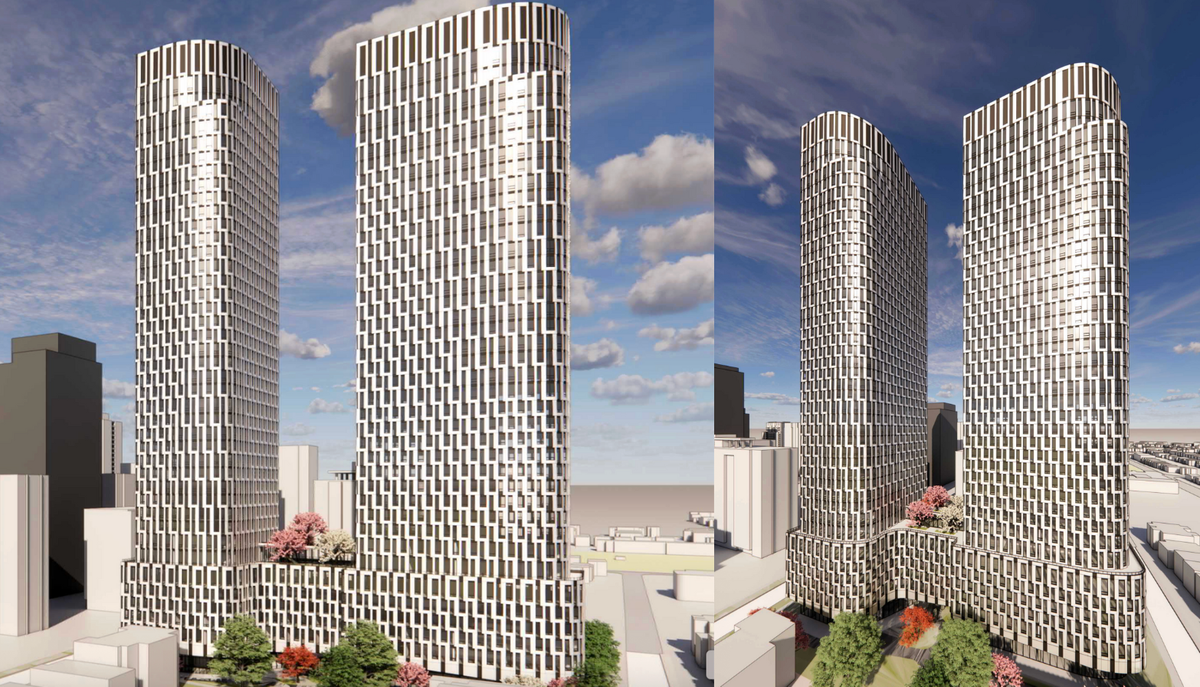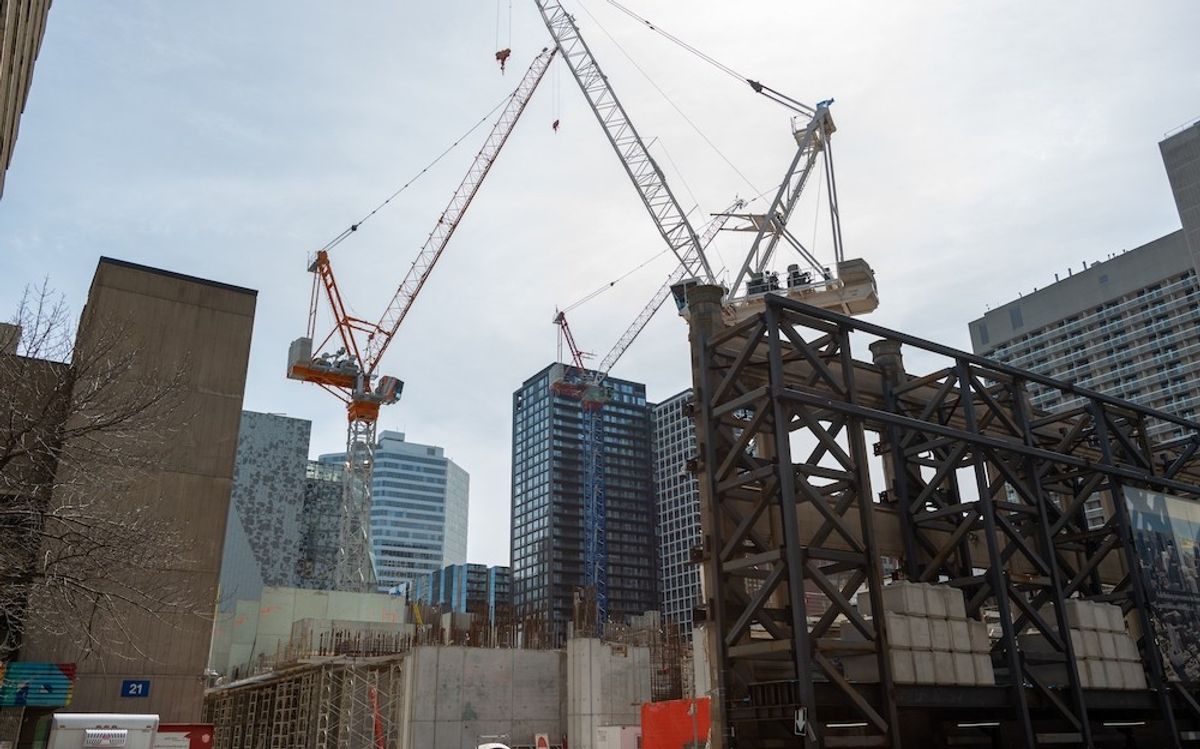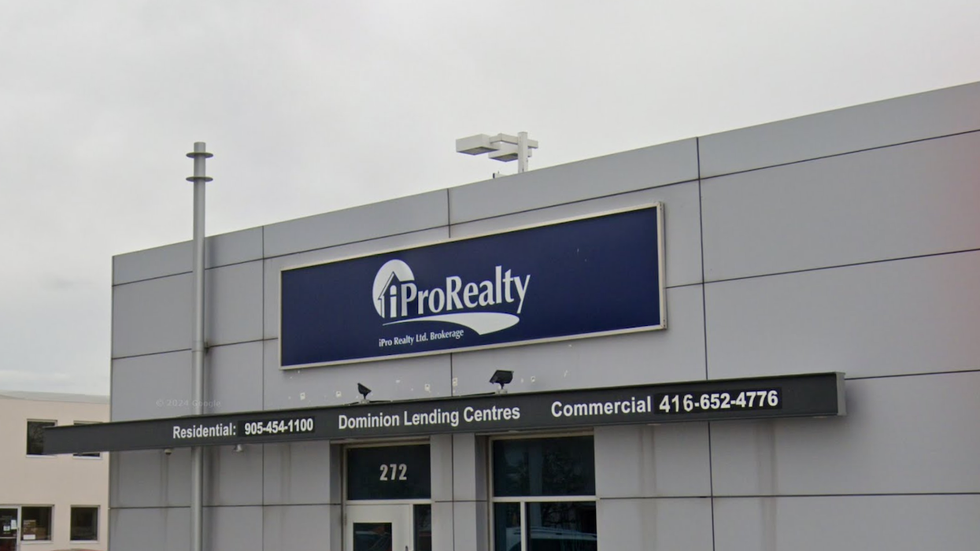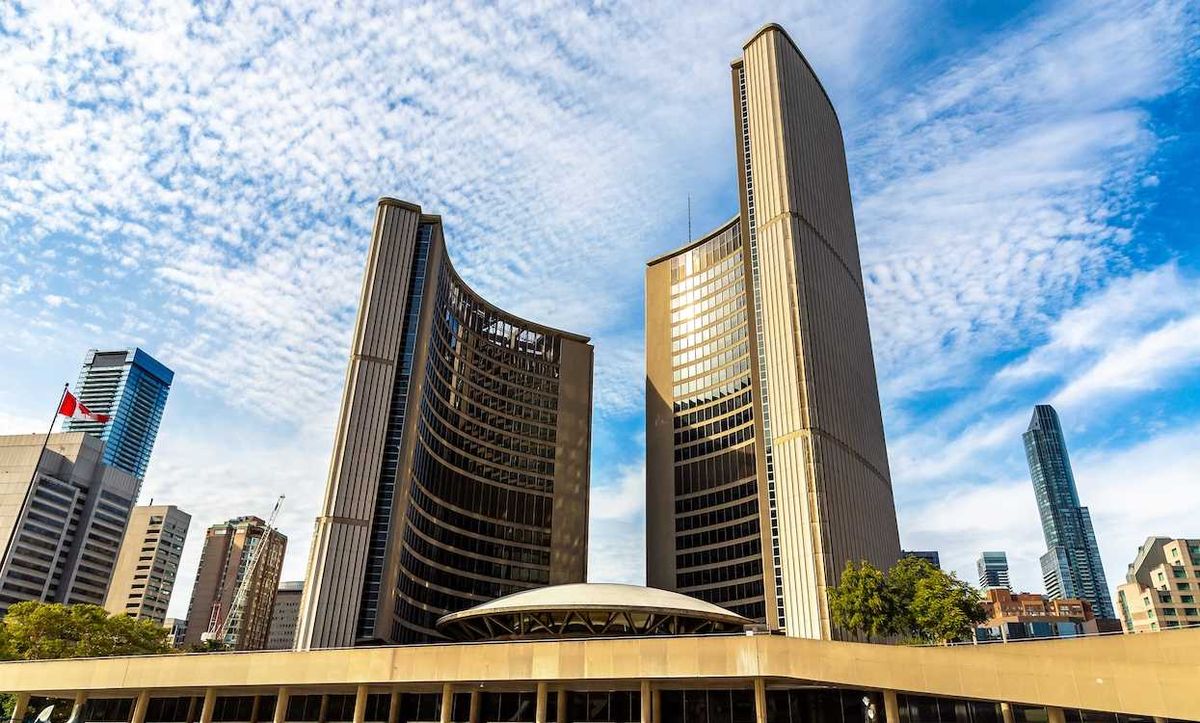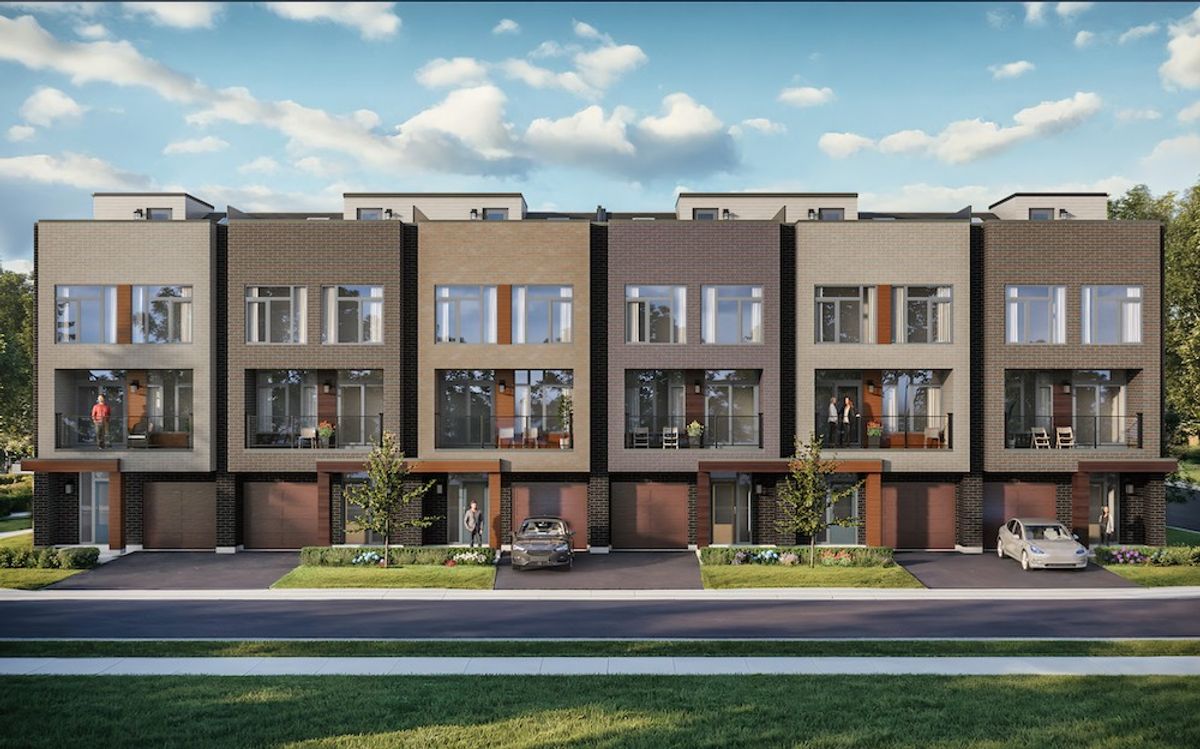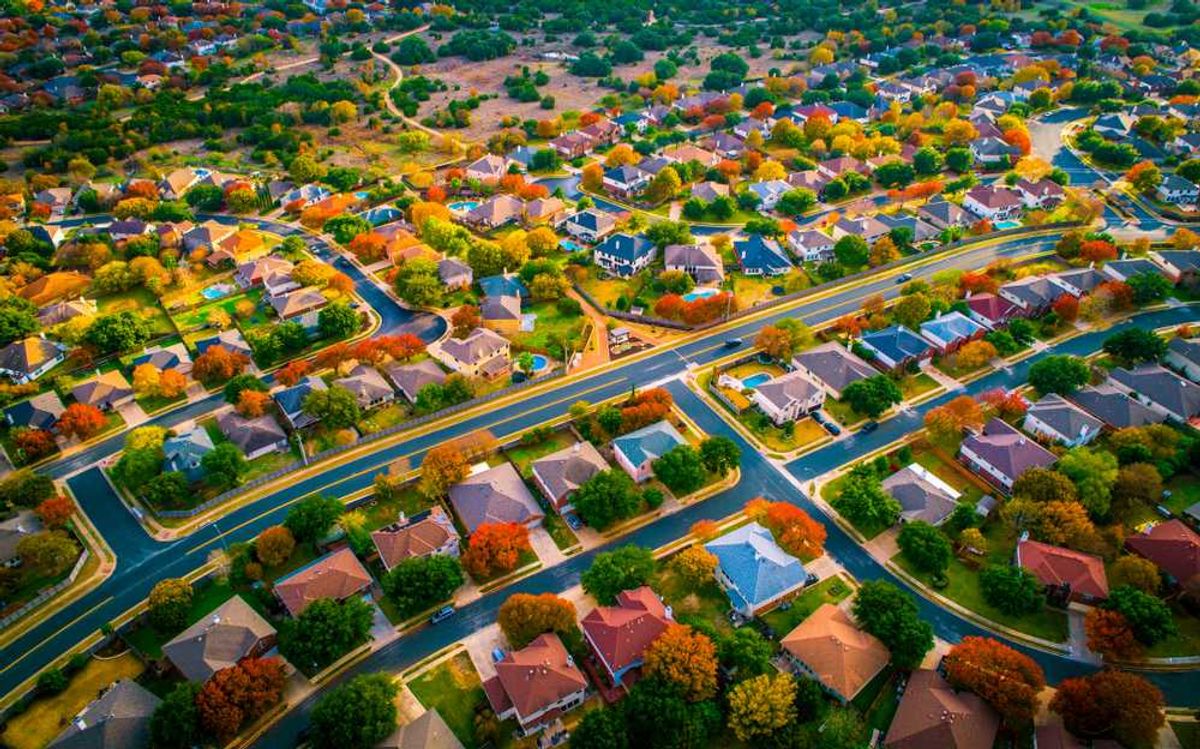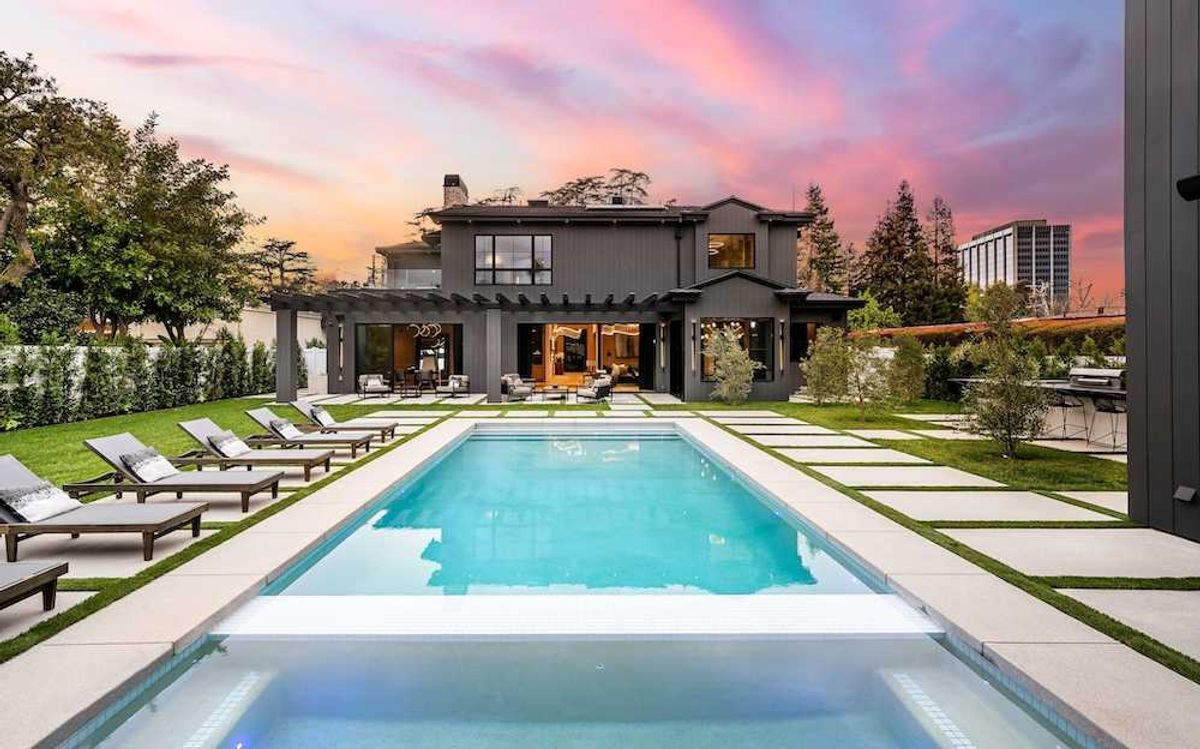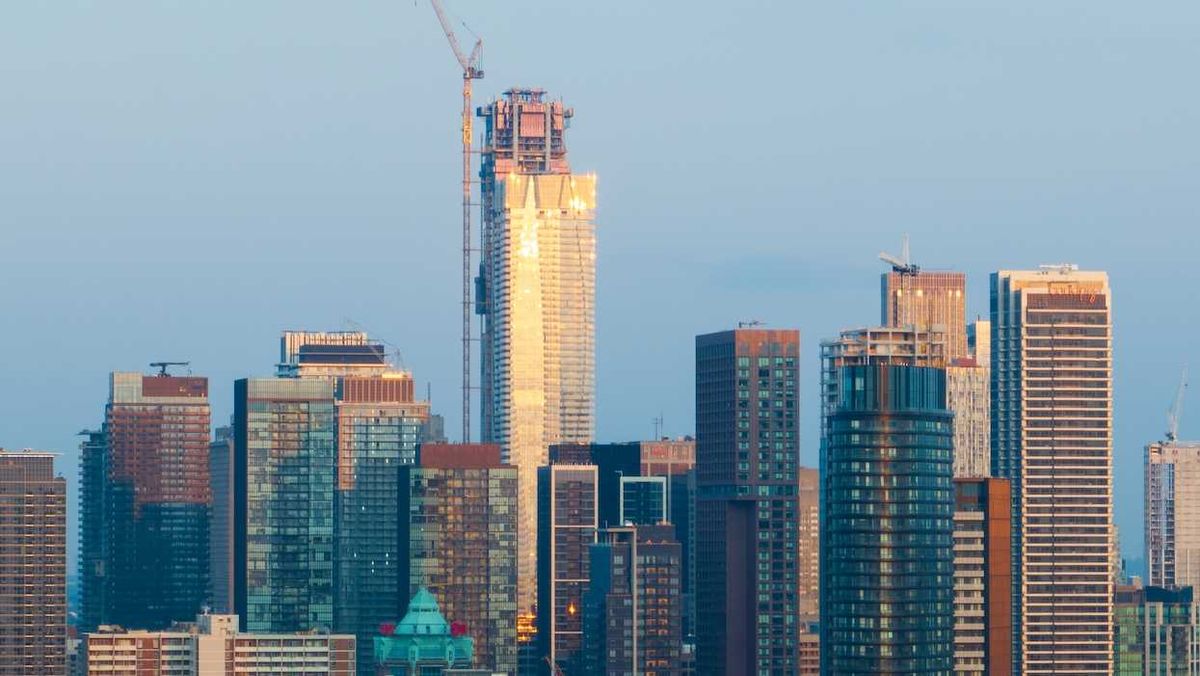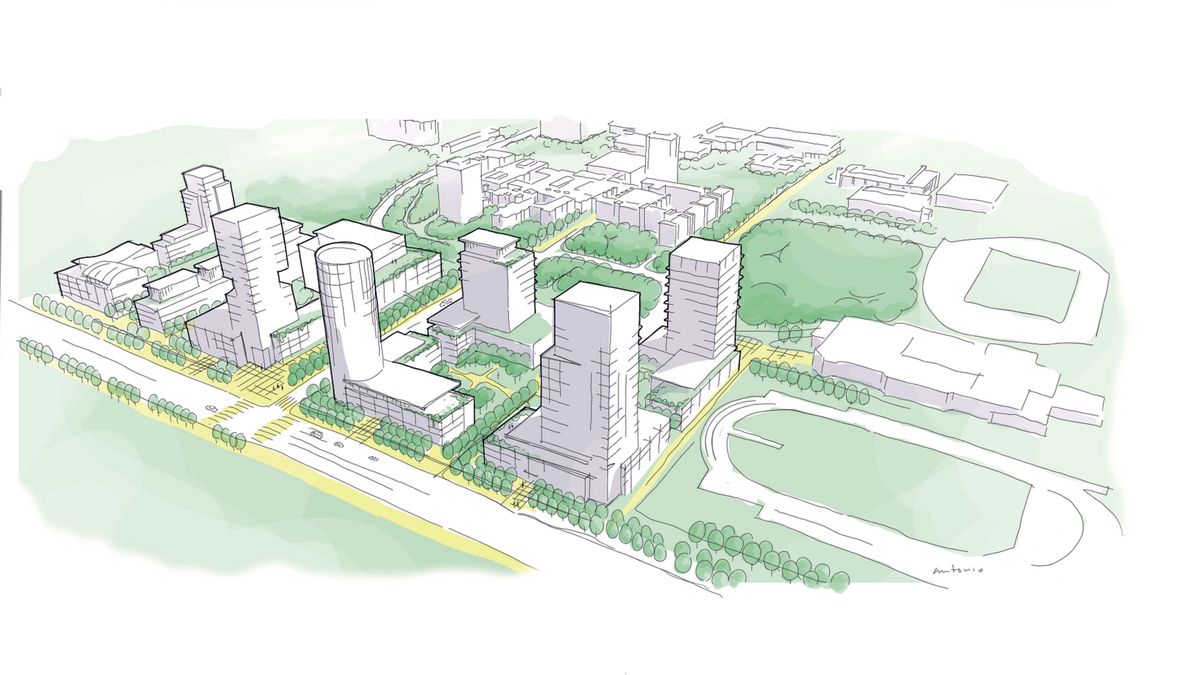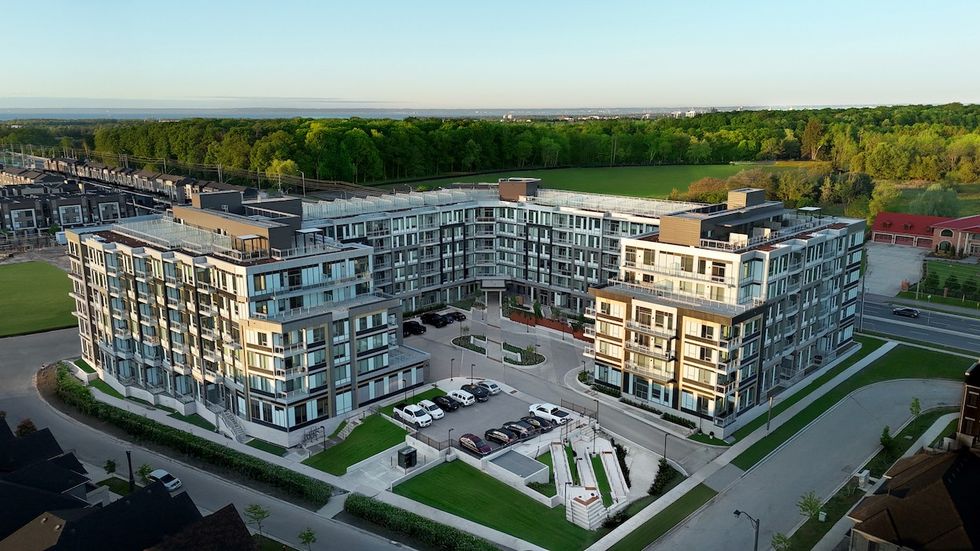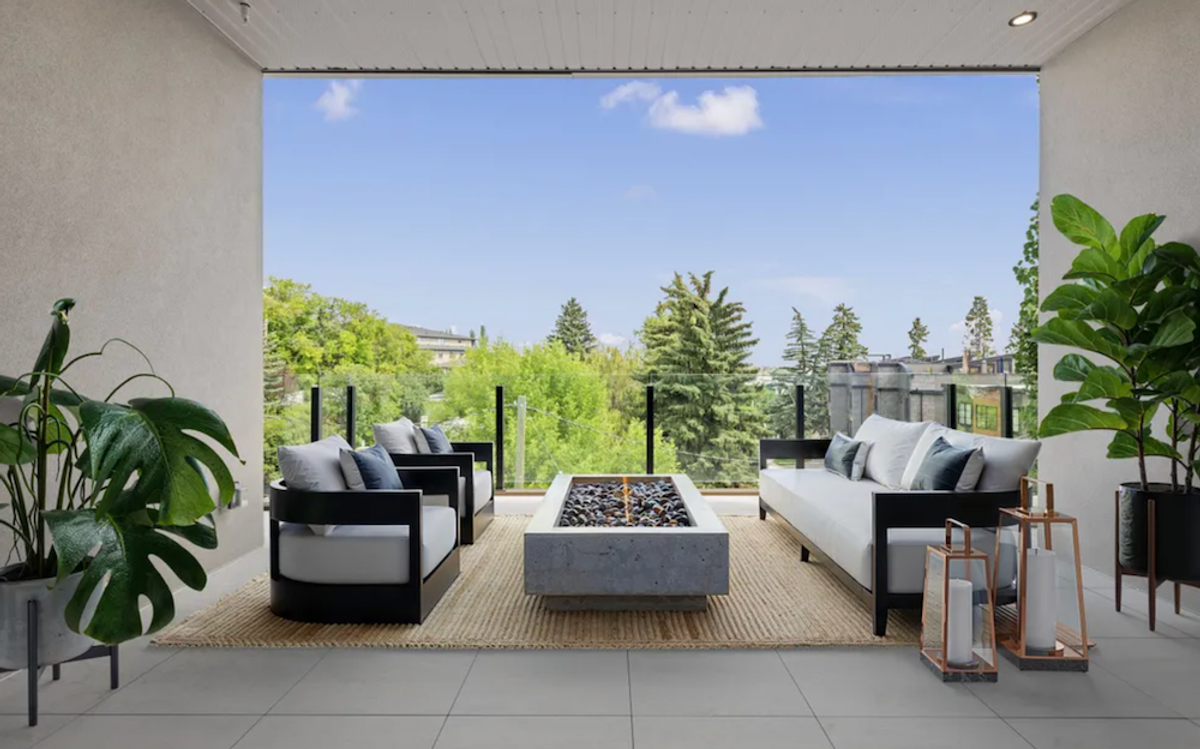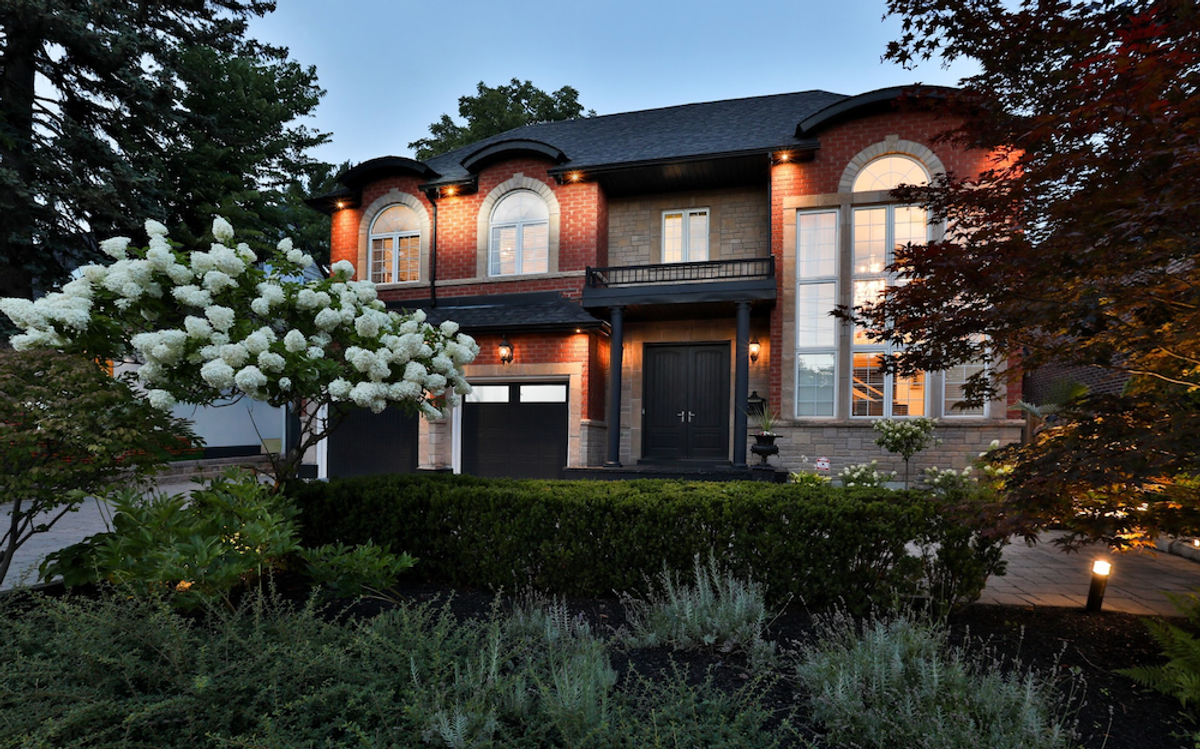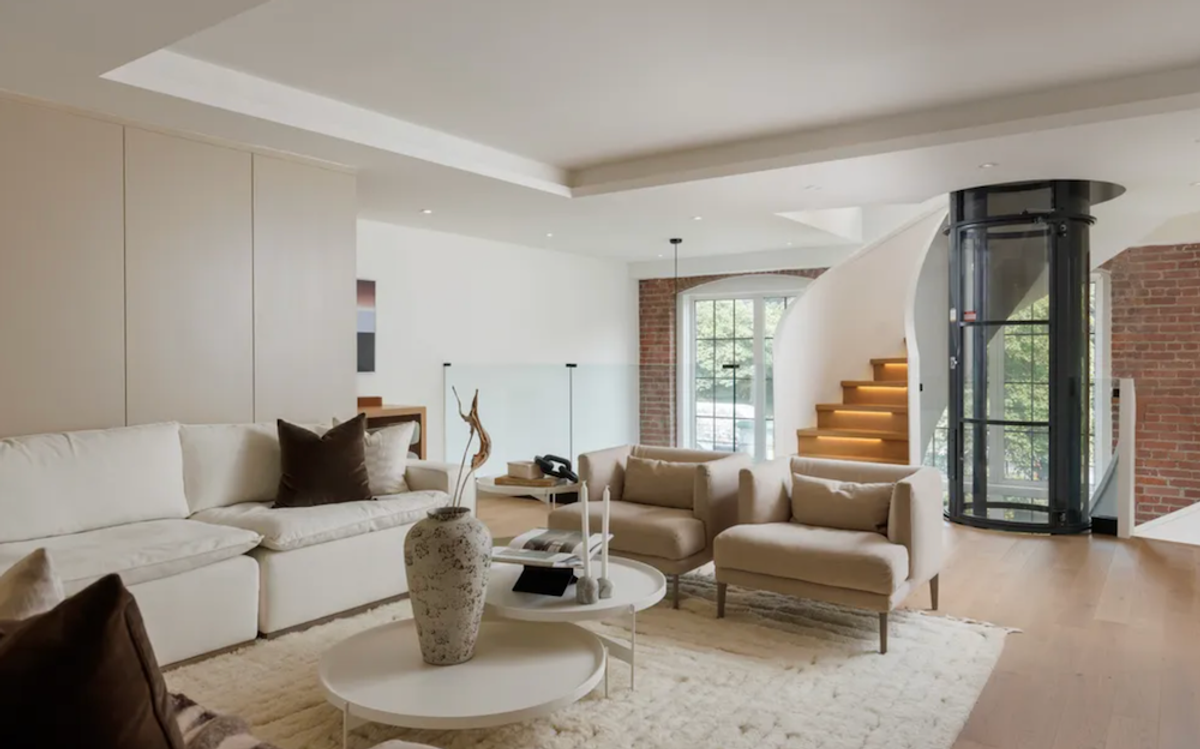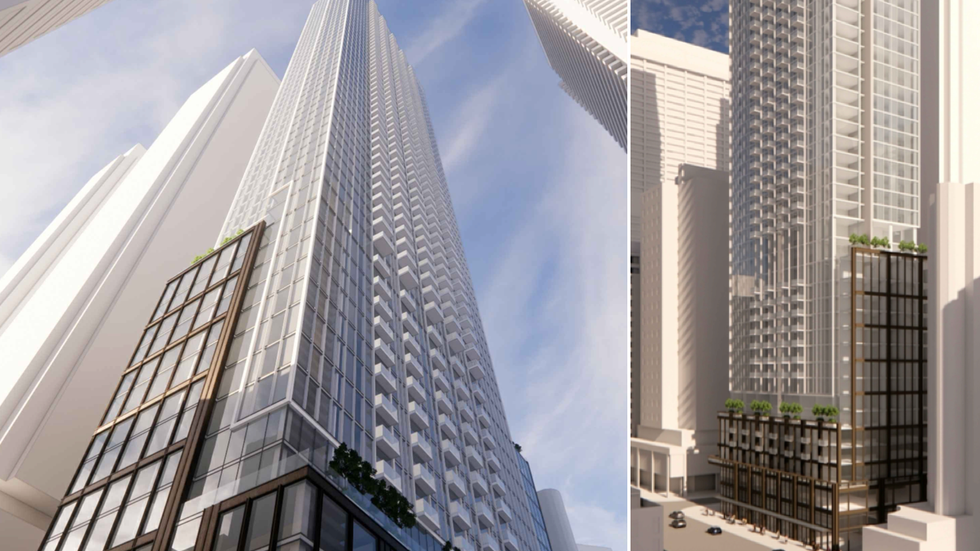On Friday, the federal government shared final renderings, floor plan layouts, and key building details for the 50 low-rise standardized housing designs chosen to be included in the Housing Design Catalogue.
Designs include plans for rowhouses, fourplexes, sixplexes, and accessory dwelling units suited for all 13 provinces and territories, as regional building codes, planning rules, climate zones, construction methods and materials were considered in the development processes.
The plans also follow sustainable design principles including adaptability and accessibility, energy efficiency, and financial feasibility. Additionally, regional design and engineering firms were behind the plans, which also emphasize gentle density and infill development in existing neighbourhoods from coast to coast to coast.
Providing homeowners and builders with these free, downloadable design packages is intended to help combat the housing crisis by reducing building costs in the planning stage and providing clearer building cost projections from the outset. The thoughtfully-designed plans also aid communities in their planning processes.
“These standardized designs will help smaller homebuilders cut through the complexity, speeding up the time between concept and construction and lowering costs of building," said Minister of Housing, Infrastructure and Communities Nathaniel Erskine-Smith.
If the concept sounds familiar, it's because the feds got the idea from the successful post-war housing design catalogues developed between the 1940s and 1970s by Canada Mortgage and Housing Corporation (CMHC), which provided more affordable housing during an economic downturn.
While the designs released Friday include final renderings, layouts, and details, final architectural design packages, to be released this spring, will consist of "architectural and engineering drawings and specifications, including accessible-ready and enhanced-accessible layouts; technical guidance on topics such as site considerations and energy modelling; and, construction cost summaries for each housing design in regions across the country," according to a press release.
The development of the catalogue was made possible by the $11.6 million that was approved for the project in Budget 2024. Officials began working with key stakeholders, partners, and experts to flesh out the types of designs and features that were needed in January 2024, and by July 2024, the federal government launched a Request for Proposals (RFP) process for the development of low-rise designs.
Chosen proposals came from Vancouver-based Michael Green Architecture (MGA), who was tasked with developing designs for BC, and LGA Architectural Partners Ltd., who developed designs for Ontario and worked with regional experts in the rest of the country’s provinces and territories to produce designs.
The homes themselves, which are split into seven regional categories, vary in look from location to location, but all have an appealing, contemporary, and practical design. Below are some of our favourites:
BC

Rowhouse - 2,718 sq. ft - 3 bed, 2.5 bath per unit

Duplex - 2,927 sq. ft - 3 bed, 2.5 bed per unit
ON

Fourplex - 3,264 sq. ft - 1-3 bed, 1 bath per unit

Stacked Townhouse - 2,165 sq. ft - 1-3 beds, 1-2 baths per unit
AB

Sixplex - 5,296 sq. ft - 1-3 beds, 1-2 baths per unit

Rowhouse - 794 sq. ft - 2 bed, 1 bath per unit
NS, NB, NL, PE

Fourplex - 3,886 sq, ft - 1-3 beds, 1 bath per unit

Accessory Dwelling Unit - 638 sq. ft - 1 bed, 1 bath
MB & SK

Sixplex - 5,843 sq. ft - 1-2 beds, 1-2 baths per unit

Triplex - 2,137 sq. ft - 1 bed, 1 bath per unit
QC

Accessory Dwelling Unit - 493 sq. ft - 1 bed, 1 bath

Rowhouse - 4,124 sq. ft - 4 beds, 2 baths per unit
NWT, YT, NU

Fourplex (Municipal) - 4,413 sq. ft - 2-3 beds, 1-1.5 baths per unit

Rowhouse (Tanked) - 2,325 sq. ft - 1-2 beds, 1 bath
All renderings courtesy of the Government of Canada.

